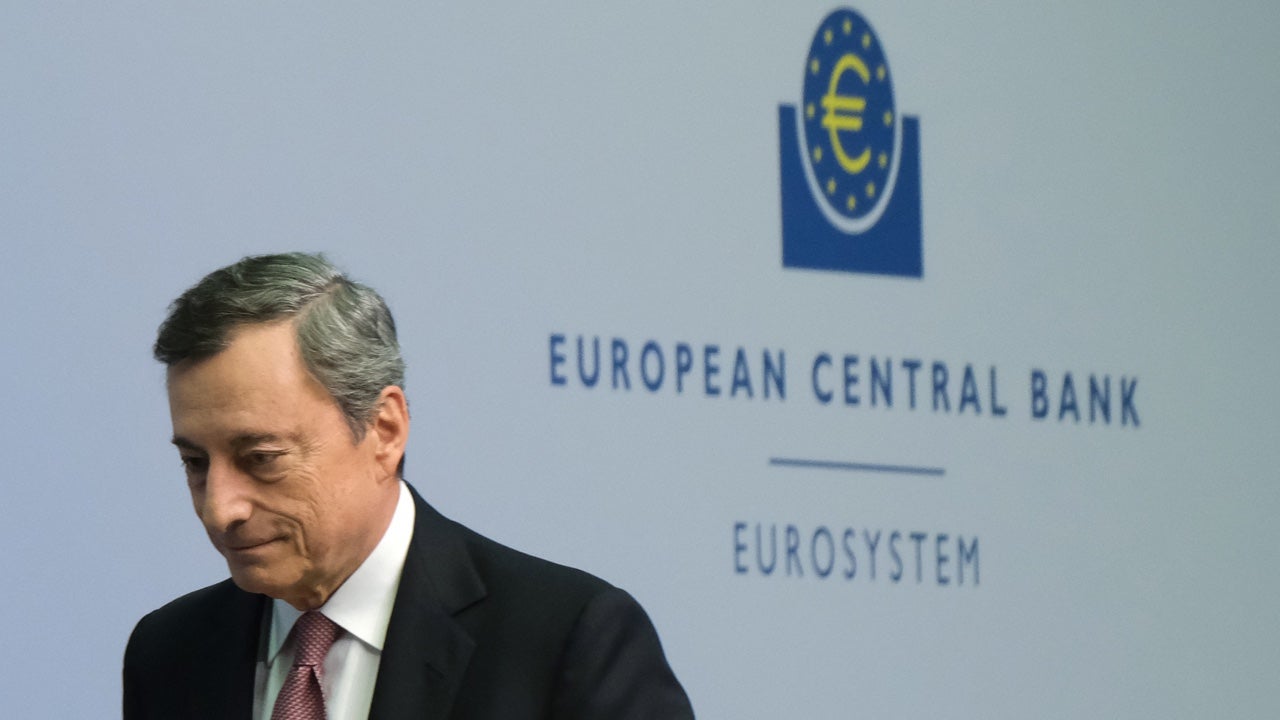
Wirtschaft Draghi legacy
European Central Bank – Draghi's last meeting

During the first half of 2019 the US economy grew by just over 2.5% in real terms, slightly ahead of typical estimates for the economy’s potential growth rate of 1.9%.
At the same time, the labour market continued to create new jobs with the unemployment rate remaining low at 3.7%.
However, while consumer spending has been rising at a strong pace, business fixed investment and exports have weakened.
Household incomes have been supported by gradually increasing wage gains and high levels of employment, combined with on-going improvements in consumer balance sheets, according to surveys by the New York Federal Reserve.
The main drivers here are rising home prices, rising equity prices and diminishing indebtedness relative to income.
The strength of consumer finances is an important reason for confidence that the current business cycle expansion can continue for at least another couple of years, in contrast to the leveraged condition of households immediately prior to the financial crisis of 2008-09.
In a broad sense, consumers have been gaining at the expense of businesses, as often happens in the second half of a business cycle expansion.
US businesses appear to have passed peak profitability for this cycle.
While profits have still been rising, margins have narrowed, and the strength of the dollar has crimped overseas earnings.
In the same vein, core capital goods shipments, a lead indicator for business investment, appear to have reached a plateau, and new export orders (from the Purchasing Managers’ Index) have been weakening.
Housing continues to make progress, aided by declines in mortgage rates.
Again, housing is a lead indicator for numerous business sectors and is therefore encouraging for employment and for the purchases of a range of raw materials from timber to copper and steel.
The Conference Board’s measure of business confidence remains at or close to its high for the cycle.
All these indicators suggest that business is not in bad shape but has undoubtedly been derailed somewhat by the global slowdown in manufacturing. I expect the current US business cycle expansion to continue without overheating or being inflationary.

